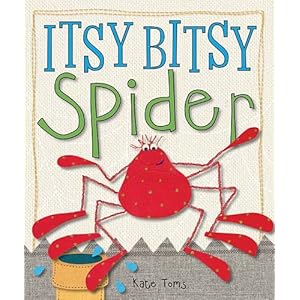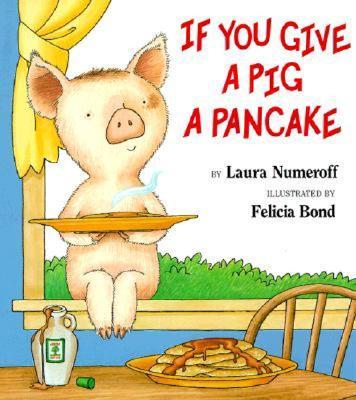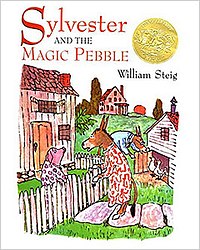Plot
1: Try and Fail
I see this plot in most stories because I believe it
is the best for picture books. The Main
Character has a problem that needs solving.
They try to solve the problem and fail.
The main character then goes through a series of try and fails, until
all hope is lost. They are about to give
up, when they finally understand what needs to be done and they solve their
problem—hooray!
Examples: Katy
Duck Makes a Friend, by Alyssa Satin Capucilli, and Itsy Bitsy
Spider, by Kate Toms.


Plot
2: A Series of Events
This is a plot that has the action of the story move
in a series of events. First this
happens, then this, then this, oh, then this happened, finally this happened
and it leads us all the way back to this.
This can be very fun when done right.
Examples: If You Give
a Moose a Muffin, If You Give a Pig a
Pancake, If You Give a Mouse a Cookie,
all by Laura Joffe Numeroff.


Plot
3: The Discovery
In this plot the main character is confused or
misunderstood about something, someone, or themselves. They make a journey of discovery and learn
that what they thought was wrong or what they misunderstood wasn’t bad at all,
and it changes their perception.
Examples: Where
the Wild Things Are, by Maurice Sendak, Green
Eggs and Ham, by Dr. Seuss, and Just
Going to the Dentist, by Mercer Mayer.


Plot
4: The Fairy Godmother
Everyone should know what this one is from
Cinderella. The main character wants
something but they somehow can’t achieve it on their own. Suddenly someone appears and solves their
problem for them. They learn that their
problem was solved because of their good nature—kind of like a reward for good
behavior.
Example: A
Wild Western Cinderella, by Cindy Ellen, and Sylvester and the Magic Pebble, by William Steig.


Plot
5: The Moral Lesson
This plot I teetered on whether or not to add it,
but I do see it as I read children’s books.
This is a story that is set only to teach a moral story to the
child. I don’t find it particularly my
favorite, but I feel it is still used.
Normally the main character is being told not to do something, they do
it anyway, and then they pay the consequence of that action. Mostly I’ve seen this is religious type
books, but also in traditional.
Examples: Purple,
Green and Yellow, by Robert N. Munsch and The Berenstain Bears and the Messy Room, by Stan & Jan
Berenstain.


All of these books are excellent examples and very fun to read to kids. I recommend reading them and trying out their form of plot. Those are my 5 keys on plots for picture books.


Thanks this is helpful.
ReplyDelete